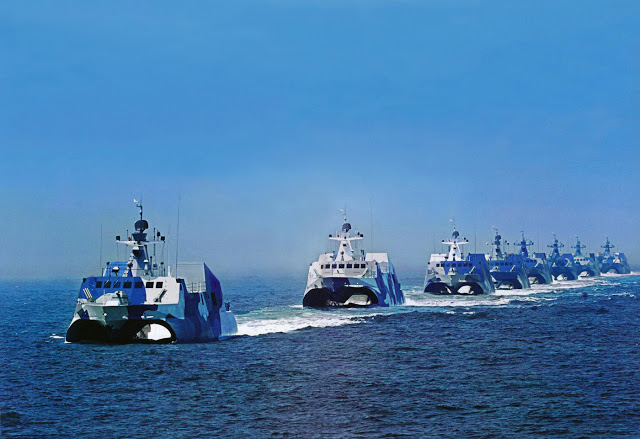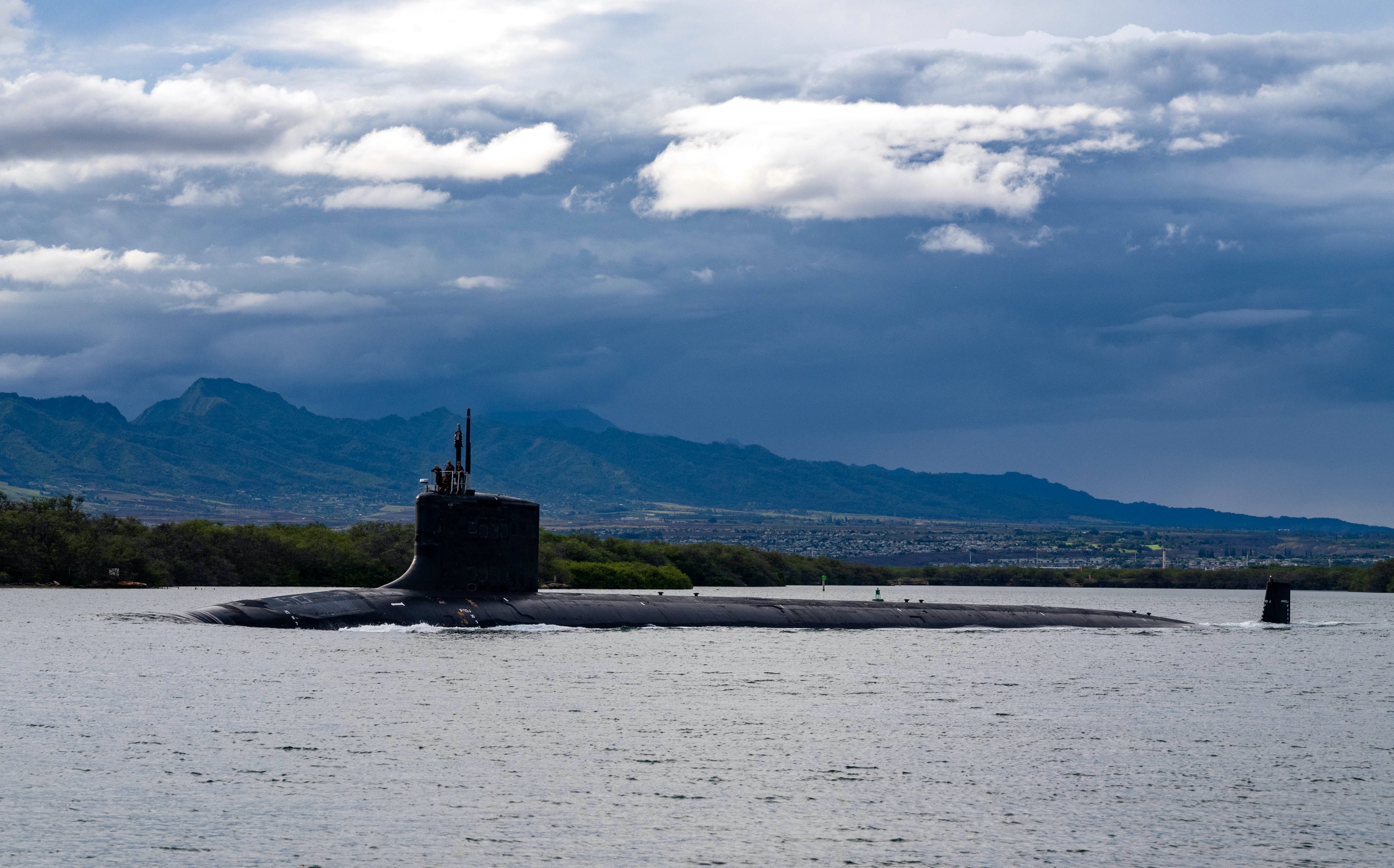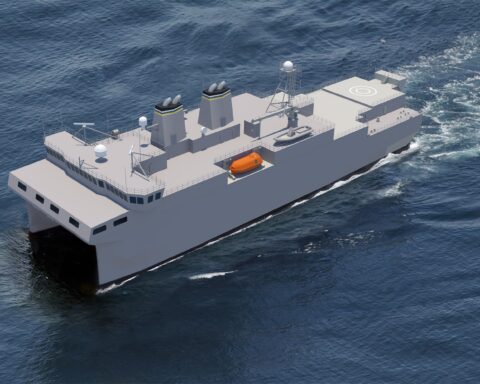
The following is from the recently released written testimony from Jesse Karotkin is the Senior Intelligence Officer (SIO) for China at the Office of Naval Intelligence (ONI) before the U.S. China Economic and Security Review Commission on Jan. 30, 2014.
At the dawn of the 21st Century, the People’s Liberation Army Navy (PLA(N)) remained largely a littoral force. Though China’s maritime interests were rapidly changing, the vast majority of its naval platforms offered very limited capability and endurance, particularly in blue water. Over the past 15 years the PLA(N) has carried out an ambitious modernization effort, resulting in a more technologically advanced and flexible force.
This transformation is evident not only the PLA(N)’s Gulf of Aden counter-piracy presence, which is now in its sixth year, but also in the navy’s more advanced regional operations and exercises. In contrast to its narrow focus a just decade ago, the PLA(N) is evolving to meet a wide range of missions including conflict with Taiwan, enforcement of maritime claims, protection of economic interests, as well as counter- piracy and humanitarian missions.
The PLA(N) currently possesses approximately 77 principal surface combatants, more than 60 submarines, 55 medium and large amphibious ships, and roughly 85 missile-equipped small combatants.
Although overall order-of-battle has remained relatively constant in recent years, the PLA(N) is rapidly retiring legacy combatants in favor of larger, multi-mission ships, equipped with advanced anti-ship, anti-air, and anti-submarine weapons and sensors. During 2013 alone, over fifty naval ships were laid down, launched, or commissioned, with a similar number expected in 2014. Major qualitative improvements are occurring within naval aviation and the submarine force, which are increasingly capable of striking targets hundreds of miles from the Chinese mainland.





